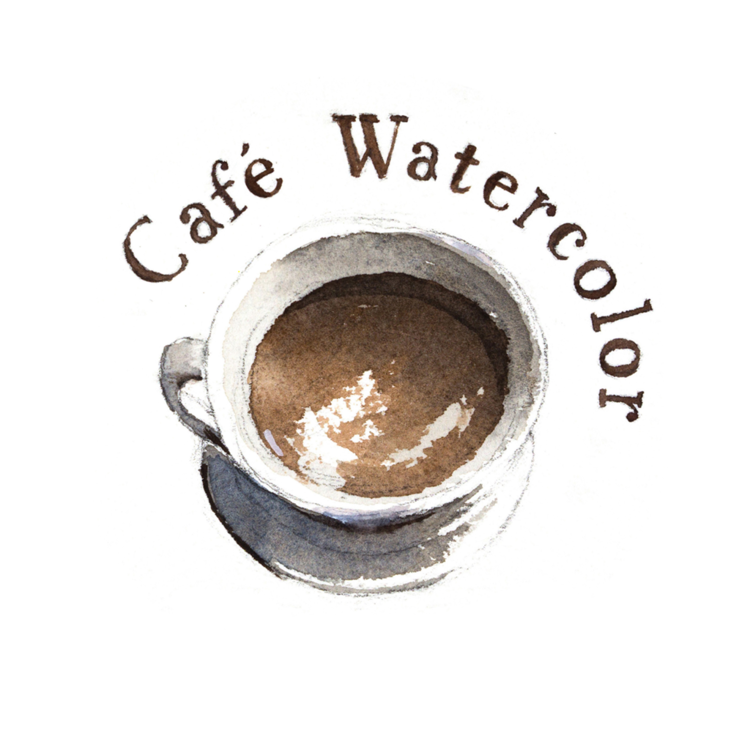As our weather warms up and my schedule freed up a bit, I’m starting to do plein-air again. While an enjoyable experience, it is definitely not easy for me. Today I want to share with you a little bit of my experience with plein-air painting, how I approached it, and the challenges I faced.
Plein-air painting has been romanticized in such a way that if you don’t do plein-air, it’s almost as if you are not a real artist. I fall into this “peer pressure” at times. However, plein-air is not easy. To me, it almost feels like a test; you have a limited time to produce a good painting under a lot more influence than you are at home or a studio. Your setup is likely not as complete. Things like lighting can change, people in the scene will move around, there are noises, and you might get some audiences asking you questions. Anyways, the point is that plein-air, while enjoyable, it’s not as easy. So I want to share with you the process of my recent plain-air experience.
So for the setup. I can go over my plein-air set up in another video. I’m actually thinking about simplifying it further. Right now, I have a modified pochade box, a small aluminum palette with colors already squeezed in and dried. I have four brushes, a pencil, and an eraser. And of course, I use a watercolor pad so that I don’t need to bring another board. Since it’s a park, I found a picnic table next to the lake, so that makes things easier.
Now the next thing is location. In my case, I didn’t really pick the location. My wife took the kids to meet up with some friends at the park, and I was just tagging along. I did pick the scene, though. The park is next to a lake so walk around finding a good scene to paint. I made videos about picking your subjects; you can go watch that one for more tips on that. The general idea is to find a major shape that’s easy to read and hopefully easy to paint. And remember, you have limited time, so don’t pick something really complex unless you have the confidence to simplify that scene. Once you pick a scene, do a value study instead of going straight in if time allows. It helped me to come up with a solid plan for the painting. A value study is also a great process to simplify what you see. Keep your camera handy. Things move around and change, so if you happen to see something you really like, snap a quick photo for your own reference. While I was painting, I saw two people paddleboarding, I thought they’ll look great in the painting. Knowing that they will paddle away very soon, I took a quick photo for reference later.
Lastly, and this is what I learned from Joseph Zbukvic, don’t compare your painting with the real scenery. I spent an hour or so trying to capture a scenery that has been there long before me. So there’s no way I can compete. This is important because if you try too hard, you will overwork your painting. And that usually doesn’t end up looking good.
So I didn’t record the full process for this painting, only some footage. But I still hope this week’s video is helpful for you. It’s hard to record video outdoor by myself. Hopefully, next time, I will be able to do it. Again, plein-air is like a test of skill for me. It takes practice and experience. While I encourage everyone to try it, if it is not something you enjoy doing, I’m not going to be the artist to shame you for not doing it. Get more practice done in the studio, and try it out again when you feel ready.

